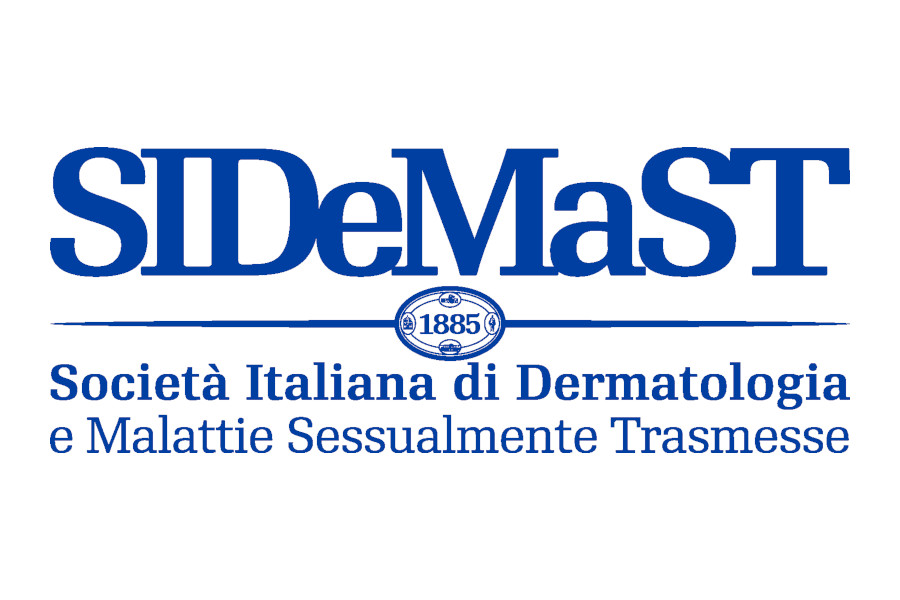Tanning Addiction in Adolescents: Directions for Measurement and Intervention Development
J Invest Dermatol July 2018; 138, 7: 1465–1467
Segreteria SIDeMaST, 20 Aug 2018 05:14

J Invest Dermatol July 2018; 138, 7: 1465–1467
Segreteria SIDeMaST, 20 Aug 2018 05:14

Little is known about tanning addiction in adolescents. Miller et al. found that 7.0% of 11th grade students met addiction criteria.
After adjusting for all other comorbidities, the odds of addiction were two times greater for students who reported problem use of marijuana or obsessive-compulsive disorder symptoms.
The likelihood of addiction increased with problem substance use and psychological symptoms.
Miller et al. (2018)) make a significant contribution to our understanding of tanning addiction and related comorbidities in adolescents (Miller et al., 2018). There is evidence for biological addiction to UV exposure, potentially mediated by the UV-induced release of ?-endorphin, which is an endogenous opioid (Fell et al., 2014). However, it is not clear to what extent physical dependence on UV exposure may explain a pattern of frequent or repetitive tanning behavior. Very little is known about tanning addiction in adolescents; virtually all research on tanning addiction has been conducted in samples of adults. Indoor tanning during adolescence increases melanoma risk (Lazovich et al., 2010); thus, it is important to study tanning addiction in adolescents. Major strengths of the study by Miller et al. were the assessment of tanning addiction in a multiethnic sample of adolescents and the analysis of a comprehensive set of behavioral health conditions including problem substance use and psychological symptoms for their associations with tanning addiction.